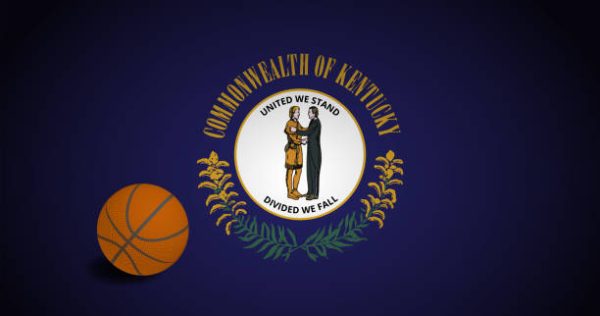Not All Aces — Pros and Cons of the USTA
January 10, 2017
Who controls the yellow, fuzzy ball when the players do not? Many times it is the United States Tennis Association.
According to the USTA website, the organization “is the national governing body for the sport of tennis and the leader in promoting and developing the sport’s growth on every level in the United States, from local communities to the crown jewel of the professional game, the US Open.”
Sounds good, but does the USTA have a positive or negative impact on the sport? How well is the organization run? What can players accomplish through the USTA, on and off the court?
Among those who have participated in many activities involving in the USTA are Chuck Rueff, Drew Singerman, Rob Spencer and Spencer Strelsov.
Rueff, a pro at the Louisville Indoor Racquet Club and a tournament official of the USTA, joined the organization because he had to in order to play in tournaments and to participate in the ranking system.
He has been part of the USTA for about 45 years and continues to work for them as a coach and official. Rueff said the USTA has helped better him in a few ways by showing how to work toward goals and to work hard. He said the USTA is “great for helping get kids involved and active from an early age and giving them something they can do their whole lives.”
One thing that Rueff would change about the USTA is the expense, which causes people to turn from it or not be as active in it. But Rueff acknowledges the group helps mold kids and teaches them how to carry themselves on the court.
The pressure of the sport is a major negative, but you just have to learn to play though it. I would change the point system if I could change one thing because I feel it’s too difficult for those who can travel and can’t play bigger tournaments because of points.
— Drew Singerman
It also gives them a sense of independence, which helps in what is sometimes an individual sport. Of his USTA work, Rueff said, “It helps me to help others, and it means a lot to me to help mold others.”
Spencer, a part of the USTA since age 12, went from a player to a college/personal coach. He is also an official of the USTA, which provided him with something to do to stay out of trouble, and it helped provide him with many friendships.
Spencer said the USTA helped develop him as a player and showed him the correct way to compete. After the USTA invited him to coach, he saw many things he wished to change.
Spencer said they label kids too early — for example, projecting a 10-year-old to be one of the top players based on a few wins.
He also dislikes how there are few opportunities in the USTA for moving up as a coach, and money is not used very efficiently. He said, “The USTA is not as supportive as it needs to be.”
Singerman, who has been part of the USTA for 10 years and has played on a very high level of junior tennis, has done some coaching as well. He said the USTA has allowed him to create many friendships, compete against others, and to be sought by colleges and coaches.
Singerman said, “The pressure of the sport is a major negative, but you just have to learn to play though it. I would change the point system if I could change one thing because I feel it’s too difficult for those who can travel and can’t play bigger tournaments because of points.”
Strelsov has been part of the USTA for six years and has played at a very high level in the juniors all over the southern part of the US.
He said, “(The USTA) has positively affected me by giving me a competitive experience and allowing me to travel the South to play against a variety of players.” He said the USTA is great for helping “showcase my skills with other people’s skills.”
Strelsov does not believe the USTA is set up correctly to allow people to enjoy the sport because there is much cheating, unfriendly tournament staff, and officials who don’t do their jobs. He said, “I would add officials, streamline the website, and be stricter about cheating.”









